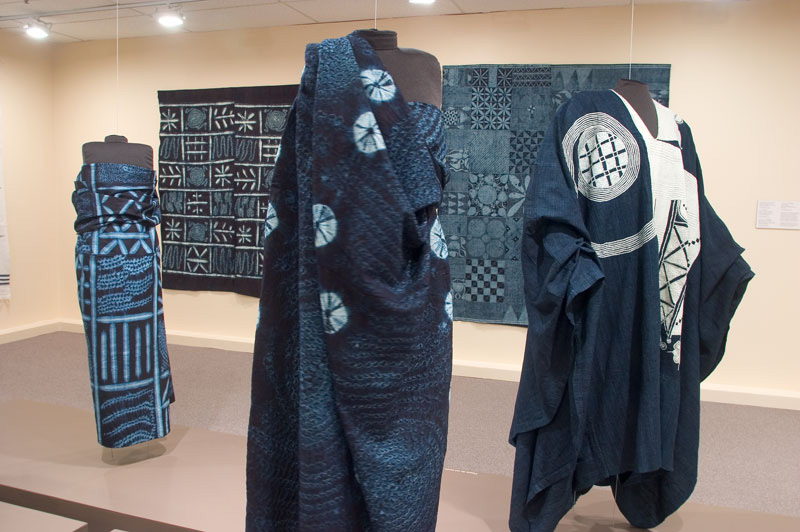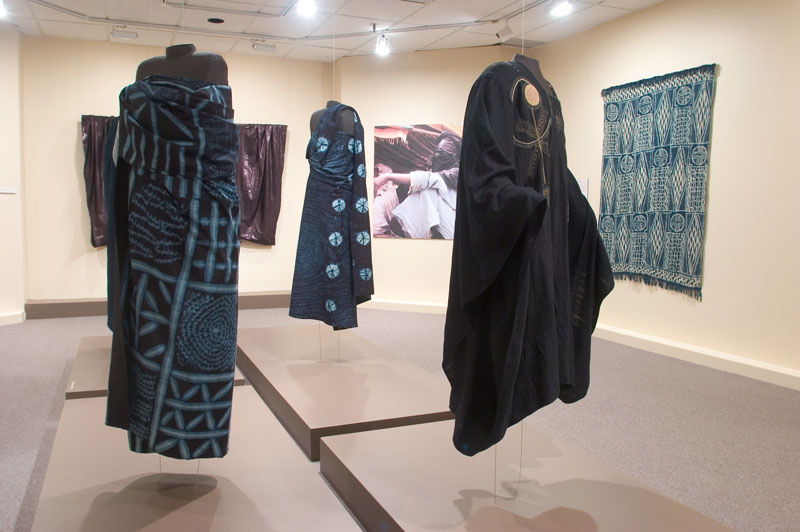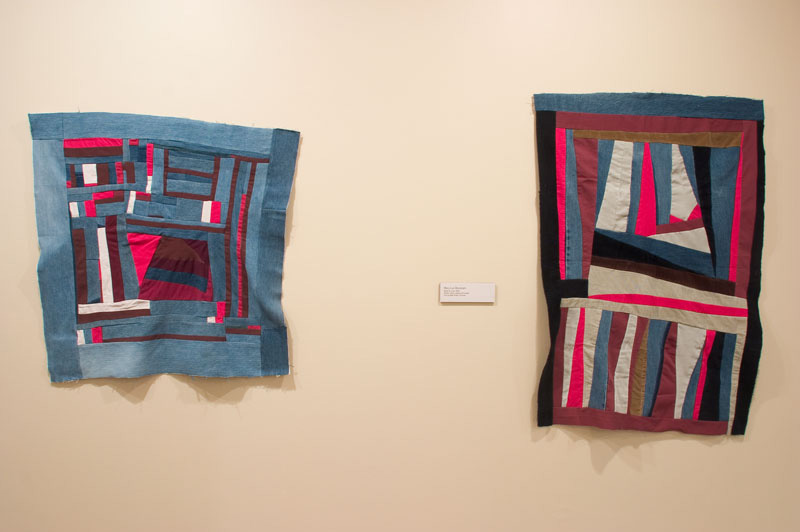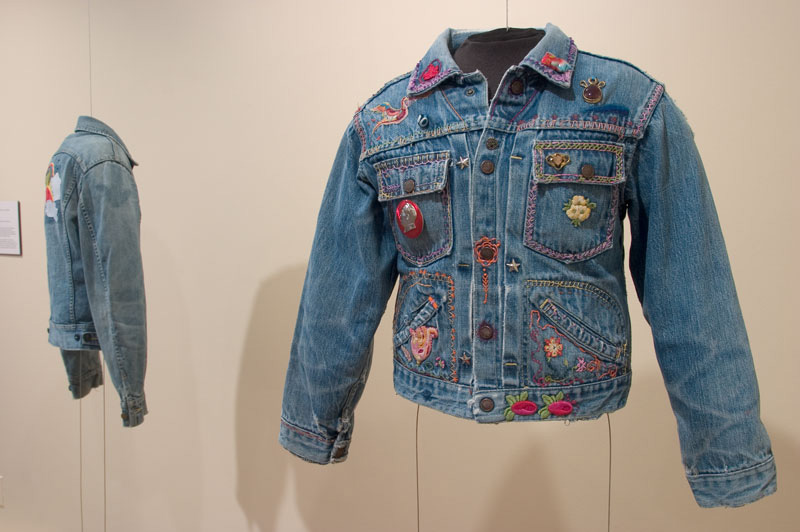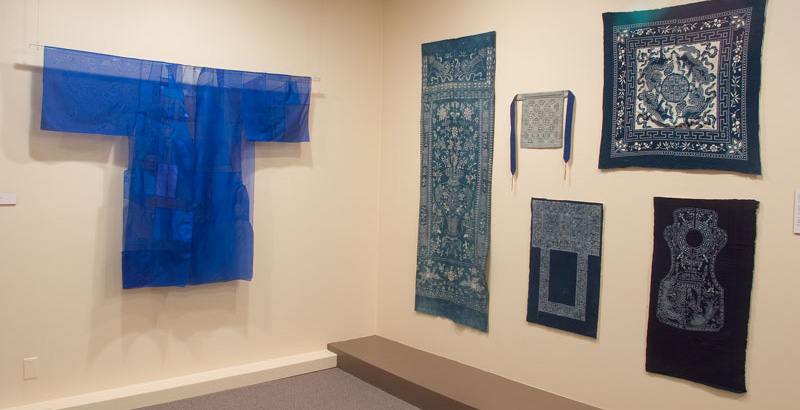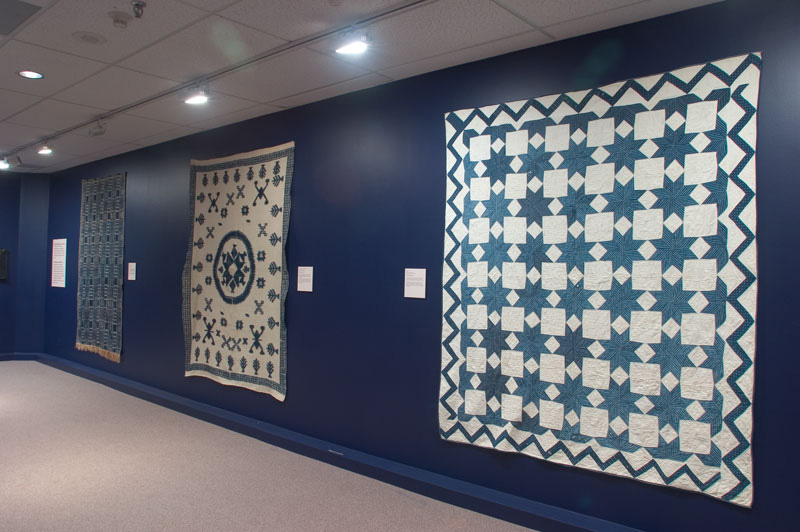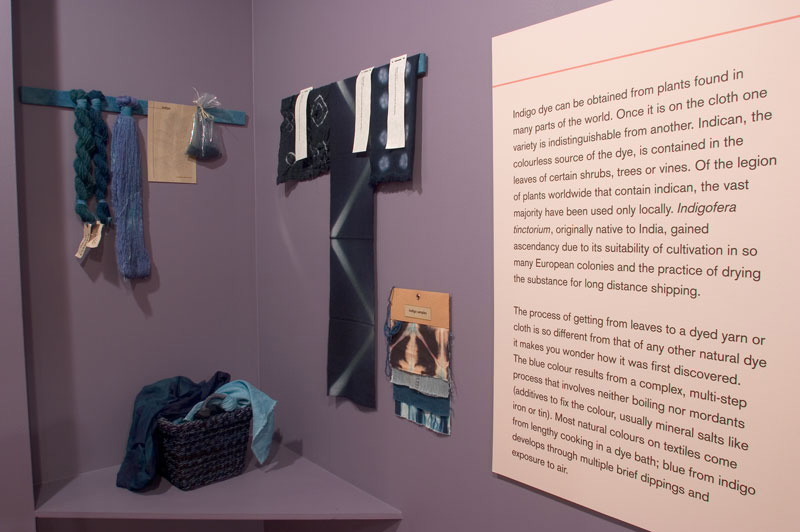The Blues
Reflecting on the symbolism of colour, the globalising effects of denim and the haunting sounds of blues music, The Blues tells both the ancient and contemporary story of blue.
In The Blues, 36 textiles from the permanent collection from West Africa, East Asia and Canada, along with Canadian denim jeans and Japanese pieces lent from private collections, join works by six contemporary artists: Mary Lee Bendolph (Gee’s Bend), Dorothy Caldwell, Judith Fielder, Léola Le Blanc, Chunghie Lee and Anna Torma, whose working methodologies are embedded in concepts of blue.
The Blues examines the powerful symbolism of a colour and a dye that has been viewed with suspicion and called “the devil’s dye”. Yet blue is also considered emblematic of wealth and power, as in West Africa; protective against poisonous insects and snakes, as in Japan; and even effective medicinally, as in many parts of Africa and East Asia. The mystique of the colour blue, beautiful, elusive, reflecting the sky and the sea, pervades human life and cultures around the world. In The Blues, the visitor was invited to sample the many shades and tastes of blue.
Indigo is an age-old and up-to-the-minute colouring agent for textiles – familiar to people around the world in the many shades of ubiquitous denim blue jeans. Originally a uniform for gold-miners, denim became a symbol of youthful protest in the 20th century and now marks the trend towards globalization in the 21st. The Blues followed the transition of this wardrobe staple from its inception to present day where the demand for blue jeans is more than one billion pairs – annually.
Just as blue denim has become a worldwide uniform, crossing social and cultural boundaries, “the blues” colours an emotional mood and haunts the airwaves as the originator of popular western music. Author Richard Wright called blues music the sensualization of suffering. He captured a key theme of this exhibition. The blues in music form and the blues in textile form are modes of communication understood through the senses.
Image credits: Textile Museum of Canada
